Heel Pain & Plantar Fasciitis
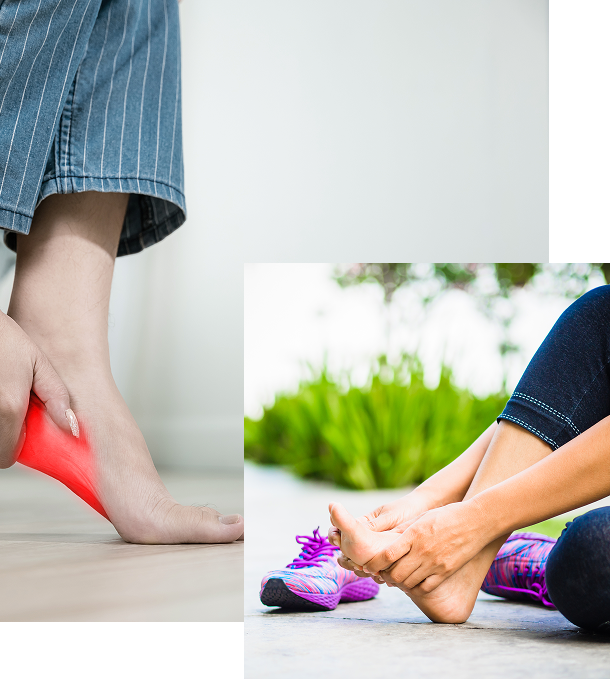
Heel Pain & Plantar Fasciitis: Relief and Rehabilitation
Heel pain—especially at the bottom of the heel—is a common complaint seen in both active and sedentary individuals. The most frequent cause is plantar fasciitis, inflammation of the thick band of connective tissue (fascia) that supports your arch. At Dr. Michele Selsor’s Pinellas Park, FL clinic, we specialize in diagnosing heel pain and delivering precise, effective care to restore comfort and mobility.
Causes & Symptoms
Plantar fasciitis involves microtears, inflammation, or degenerative change in the plantar fascia at its attachment to the heel.
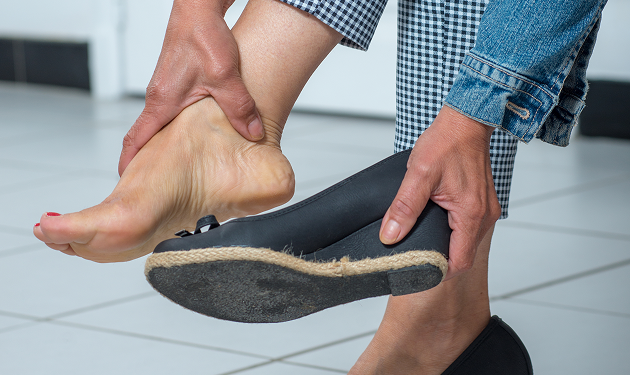
Symptoms
Sharp heel or arch pain, typically with initial steps after rest.
Pain that worsens with prolonged standing, walking, or activity.
Reduced flexibility, tightness in calf/achilles complex.
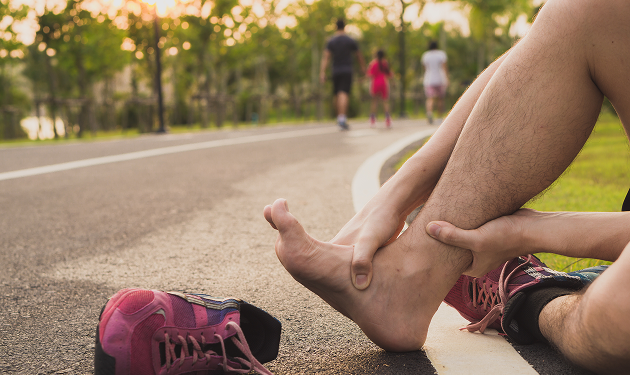
Contributing risk factors
Overuse (running, jumping, prolonged standing).
Obesity or weight gain.
Poor footwear (inadequate arch support or cushioning).
Biomechanical issues (flat feet, overpronation, tight calves).
Sudden change in activity level.
Heel spurs (calcium deposits) may coexist but are often incidental.
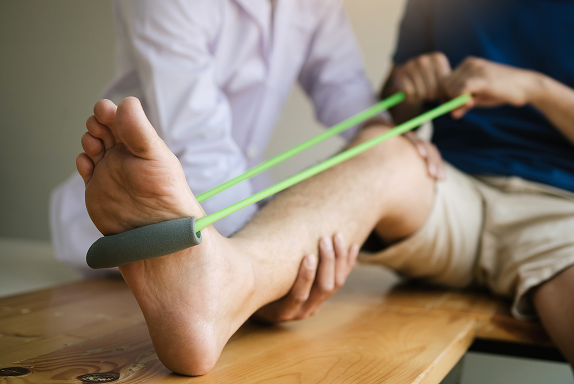
Diagnostic Strategy
Patient history & physical examination
- Onset, aggravating movements, prior interventions.
- Palpation of fascia, dorsiflexion–plantar flexion tests.
- Assess foot structure, calf tightness, gait abnormalities.
Imaging when needed
- Weight-bearing X-rays to assess heel spur, bony changes.
- Ultrasound or MRI in refractory or atypical cases.
Treatment Options
Conservative (first line) therapy
1
- Stretching and strengthening of plantar fascia and calf muscles.
- Night splints to hold the fascia in stretched position.
- Custom or prefabricated orthotic inserts for arch support.
- Heel cups or cushioned pads to reduce impact.
- Activity modification (reduce impact, cross-training).
- Nonsteroidal anti-inflammatory therapies.
Adjunct and advanced treatments
2
- Shockwave therapy (ESWT).
- Platelet-rich plasma (PRP) injections.
- Steroid injections (carefully, with limited frequency).
- Taping or strapping methods.
Surgical intervention (rare, last resort)
3
- Partial plantar fascial release.
- Removal of heel spurs (if symptomatic).
- Correction of structural issues contributing to stress.
Rehabilitation & return to function
4
- Gradual progression from low impact to full activity.
- Gait retraining, calf mobility.
- Maintenance routines and stretching to prevent recurrence.
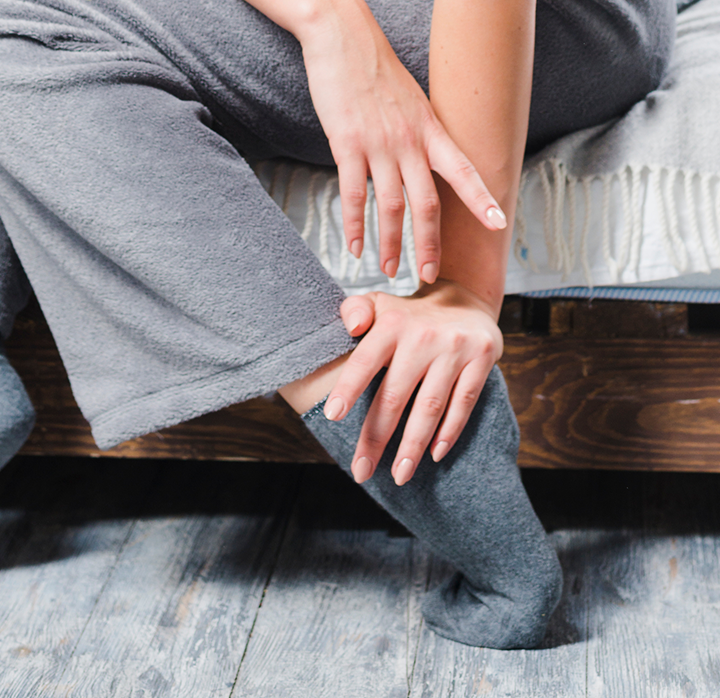
Florida / Pinellas Park Context
- Residents in the Tampa Bay / Pinellas area often remain active year-round (walking, beach, recreation), so heel pain can become a chronic issue.
- Warm climate and outdoor culture encourage early presentation—our clinic is well-positioned to provide timely relief.
- Dr. Selsor’s practice in Pinellas Park (serving Pinellas County and neighboring areas) has deep experience with heel pain sufferers in Florida’s demographic drmicheleselsor.com.
If heel or arch pain is affecting your daily life, schedule an evaluation. Our team will identify the cause and guide you through a tailored plan to restore pain-free movement.
